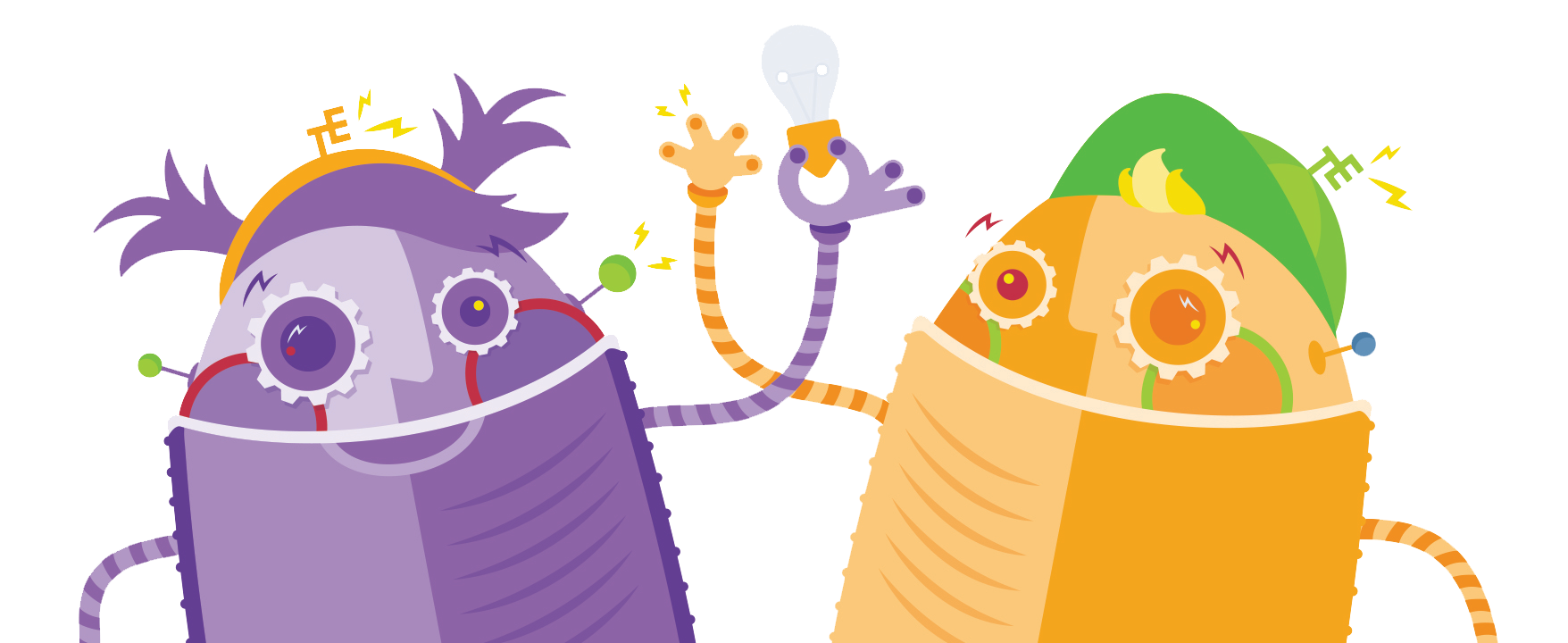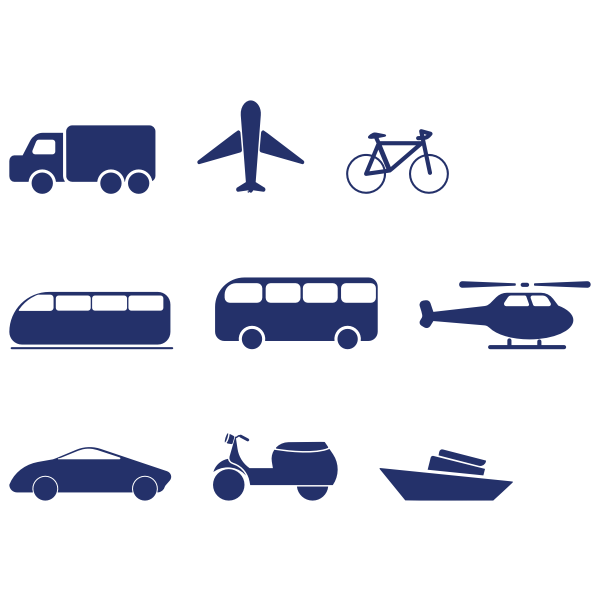Science is the essential backbone to figuring out how our world works through prediction and explanations. Engineers apply science and use scientific concepts to help develop solutions to everyday problems and challenges.
Engineering plays an integral role in our daily lives from the moment we wake up to the time we go to sleep. Your digital alarm clock, the breakfast you eat, the clean water you drink, the clothes you wear, the medicine you take, the car you drive, and the light you turn off at the end of the day–all are available courtesy of engineers that used their knowledge of science to make the world we know today.
Science is one of the most significant channels of human learning and serves many functions that benefit our society. It helps establish new knowledge, improves education and enhances the quality of our lives.
Science can be classified into five disciplines: biology, chemistry, environmental science, physics, and earth and space. Each discipline holds vital information that helps engineers develop new technologies and innovations.
BiologyBiology is the study of life and living organisms. Biological engineers apply various biological systems to help them modify, enhance or otherwise improve upon current engineering challenges.
ChemistryChemistry is the study of the behavior and properties of matter and the natural laws that govern them. Chemical engineers apply the properties of substances and the changes they undergo to help them develop and design chemical manufacturing processes.
Environmental ScienceEnvironmental science explores the interactions between the biological, chemical and physical components and natural phenomena of ecosystems. Environmental engineers apply their understanding of how humans interact with the environment to develop solutions for environmental problems and find ways to live more sustainably.
PhysicsPhysics is the study of how the universe works, from subatomic particles to universe scales. Physics explores the fundamental laws and properties that govern time, space, energy, matter, force and motion. Civil and mechanical engineers use physics to design structures, machines and engines that are physically sound.
Earth and SpaceEarth and space is the study of our planet and the solar system; it explores the interconnections between the ocean, land, atmosphere and life on Earth. Aerospace engineers apply their understanding of earth and space to develop technologies for use in aviation and spacecraft.
Our hands-on resources help students make sense of all the different disciplines of science, and applying science through engineering encourages students to dive deeper into their understanding of how science and engineering make the world a better place!


Science Curricula

Empower your students to engage with all things science through our hands-on, design-based resources from TeachEngineering featured here, by grade band.
Grades K-2
- Air Quality and Particulate Matter Air Quality and Particulate Matter
This activity introduces students to the relationship between air quality and wind. Students work together to learn about the color-coded Air Quality Index (AQI) chart that describes levels of air pollution for a primary transportation-sourced air pollutant—particulate matter (PM)— and what to do du...
- Sink or Float? Engineering Solutions for a Sticky Situation Sink or Float? Engineering Solutions for a Sticky Situation

In this activity, students build a road out of Jell-O that is sturdy enough to drive a toy car across without sinking. Using the full engineering design process, students research and choose available ingredients that will support their car.
- How High Can a Super Ball Bounce? How High Can a Super Ball Bounce?

Students determine the coefficient of restitution (or the elasticity) for super balls. Working in pairs, they drop balls from a meter height and determine how high they bounce. They measure, record and repeat the process to gather data to calculate average bounce heights and coefficients of elastici...
- The Water Around Us The Water Around Us

In this engineering design activity, students build models of natural sources of water. As they move through the design process, students differentiate between natural sources of water (such as rivers or lakes) and human-made sources of water, such as reservoirs or canals. Students learn how enginee...
- Soil from Spoiled: Engineering a Compost Habitat for Worms Soil from Spoiled: Engineering a Compost Habitat for Worms

A unique activity for young learners that combines engineering and biology, students design an optimal environment for red wiggler worms in a compost bin.
- See More
Grades 3-5
- What Is Energy? Short Demos What Is Energy? Short Demos

Three short, hands-on, in-class demos expand students' understand of energy. First, using peanuts and heat, students see how the human body burns food to make energy. Then, students create paper snake mobiles to explore how heat energy can cause motion. Finally, students determine the effect that he...
- Swinging with Style Swinging with Style

Students experientially learn about the characteristics of a simple physics phenomenon — the pendulum — by riding on playground swings. They use pendulum terms and a timer to experiment with swing variables. They extend their knowledge by following the steps of the engineering design process to desi...
- Creating Model Working Lungs: Just Breathe Creating Model Working Lungs: Just Breathe

Students explore the inhalation/exhalation process that occurs in the lungs during respiration. Using everyday materials, each student team creates a model pair of lungs.
- Charge It! All About Electrical Attraction and Repulsion Charge It! All About Electrical Attraction and Repulsion

Students use balloons to perform several simple experiments to explore static electricity and charge polarization.
- Make Your Own Temperature Scale Make Your Own Temperature Scale

Students learn about the difference between temperature and thermal energy. They create thermometers using simple materials and develop their own scales for measuring temperature. They compare their thermometers to a commercial thermometer, and get a sense for why engineers need to understand the pr...
- See More
Grades 6-8
- Cooler Design Challenge Cooler Design Challenge

Students learn about convection, conduction, and radiation in order to solve the challenge of designing and building a small insulated cooler with the goal of keeping an ice cube and a Popsicle from melting. This activity uses the engineering design process to build the cooler as well as to measure ...
- Saltwater Circuit Saltwater Circuit

Students build a saltwater circuit, which is an electrical circuit that uses saltwater as part of the circuit. Students investigate the conductivity of saltwater, and develop an understanding of how the amount of salt in a solution impacts how much electrical current flows through the circuit.
- Red Cabbage Chemistry Red Cabbage Chemistry

Students take advantage of the natural ability of red cabbage juice to perform as a pH indicator to test the pH of seven common household liquids. Like environmental engineers working on water remediation or water treatment projects, understanding the chemical properties (including pH) of contaminan...
- Physics Tug of War Physics Tug of War

Students learn about Newton's second law of motion: force = mass x acceleration. In a tug-of-war experimental setup using paperclips, rubber bands and text books, they collect data and make calculations, seeing that the force required to move a book is proportional to the weight of the book.
- Small-Scale Modeling of Oil Spill Cleanup Methods Small-Scale Modeling of Oil Spill Cleanup Methods

Environmental engineers play a big role in the cleanup of oil spills. But how do you clean up a huge amount of oil that has been mixed in a body of water like the ocean? In this activity, students simulate a spill and cleanup and learn the effectiveness of different methods.
- See More
Grades 9-12
- Rock and Boat: Density, Buoyancy & Archimedes’ Principle Rock and Boat: Density, Buoyancy & Archimedes’ Principle

Students are challenged with determining whether the water level in a pond rises, drops or remains the same after a large rock is thrown overboard from a floating boat in a pond.
- Reaction Exposed: The Big Chill! Reaction Exposed: The Big Chill!

In the presence of water, citric acid and sodium bicarbonate (aka baking soda) react to form sodium citrate, water, and carbon dioxide. Students investigate this endothermic reaction. They test a stoichiometric version of the reaction followed by testing various perturbations on the stoichiometric v...
- Measuring Viscosity Measuring Viscosity

Students calculate the viscosity of various household fluids by measuring the amount of time it takes marble or steel balls to fall given distances through the liquids. They experience what viscosity means, and also practice using algebra and unit conversions.
- Ohm's Law I Ohm's Law I

Students experiment to increase the intensity of a light bulb by testing batteries in series and parallel circuits. They learn about Ohm's law, power, parallel and series circuits, and ways to measure voltage and current.
- Let's Make Silly Putty Let's Make Silly Putty

Students make two different formulations of imitation Silly Putty with varying degrees of cross-linking. They witness how changes in the degree of cross-linking influence the putty properties.
- See More













































